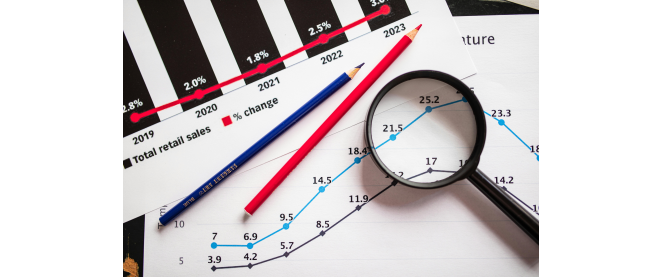
The 6 Types of Relationships in Salesforce
Understanding the Types of Relationships in Salesforce
Introduction to Types of Relationships in Salesforce
Salesforce, the world’s leading CRM platform, offers a powerful data model that allows businesses to establish and manage relationships between different data objects. These relationships play a crucial role in achieving a comprehensive view of customer interactions, processes, and business operations. In this blog, we will explore the six types of relationships in Salesforce and understand how they contribute to the effectiveness of your Salesforce implementation. Let us know more about the Types of Relationships in Salesforce:
Master-Detail Relationship: Ensuring Data Integrity
The Master-Detail relationship is the strongest and most closely connected relationship in Salesforce. It ensures data integrity by linking a “master” object to a “detail” object. The detail object inherits security and sharing settings from the master object. When the master record is deleted, all associated detail records are automatically removed. This relationship is ideal for creating parent-child data structures and maintaining consistent data.
Lookup Relationship: Flexibility and Associations
A Lookup relationship allows one object to associate with another object through a reference field. Unlike the Master-Detail relationship, Lookup relationships offer more flexibility and don’t cascade deletion. They enable one-to-one or one-to-many relationships between objects, allowing versatile associations without affecting related records. Utilize Lookup relationships to enhance your Salesforce organization.
Hierarchical Relationship: Managing Organizational Structure
The Hierarchical relationship is specific to the User object in Salesforce and represents the reporting structure within an organization. It helps establish a hierarchy or tree-like structure where users are organized into a managerial chain. This relationship facilitates efficient access management, permissions, and data visibility based on the user’s position within the hierarchy.
Many-to-Many Relationship: Simplifying Complex Associations
In certain situations, you may need a many-to-many relationship, where multiple records from one object relate to multiple records from another object. Salesforce achieves this through a junction object that acts as an intermediary, creating two separate one-to-many relationships. This relationship type is commonly used to model intricate associations, such as linking products to opportunities or contacts to campaigns.
Self-Relationship: Connecting Records within an Object
A Self-Relationship occurs when an object relates to itself. It is useful when establishing connections between records within the same object. For example, in a hierarchical organizational structure, a self-relationship can link employees to their managers. This relationship allows for easy navigation and reporting on related records within the same object.
External Lookup Relationship: Expanding Data Integration Possibilities
Salesforce also enables relationships with data stored outside the Salesforce platform through External Lookup Relationships. This type of relationship allows you to connect Salesforce records with records in an external system or database. It provides a way to integrate data from external sources into Salesforce, expanding the scope and capabilities of your CRM.
- Indirect Lookup Relationships: Think of them as connections between a Salesforce object and an external object. It’s like relating two entities that are not part of the same group, but still important. For instance, you can link payment records from an ERP system to an account in your Salesforce org. The ERP system is external to Salesforce, but the relationship is established through an external ID, matching the payments to the corresponding account.
- External Lookup Relationships: These relationships exist between two external objects. It’s like when your friends from outside your usual group form a connection. For example, the ERP system might establish a relationship between payment records and a bank account. Both the payment records and the bank account are external to Salesforce, but they are linked through this relationship.
Conclusion
Understanding the six types of relationships in Salesforce is essential for designing an effective data model and achieving seamless connectivity between different objects. Each relationship type serves a specific purpose and offers unique capabilities to support your business requirements. By leveraging these relationships, you can create a comprehensive and interconnected view of your data, leading to better decision-making, improved efficiency, and a deeper understanding of your customers.
Take the time to analyze your organization’s data structure and identify the relationships that will best meet your needs. With a solid understanding of these relationships, you can harness the power of data connectivity to optimize your Salesforce implementation.
Remember, whether you need strict data integrity with Master-Detail relationships, flexibility with Lookup relationships, or complex associations using Many-to-Many relationships, Salesforce provides a diverse set of tools to empower your data management efforts. Unlock the true potential of Salesforce’s relationship capabilities and revolutionize your CRM implementation today.


